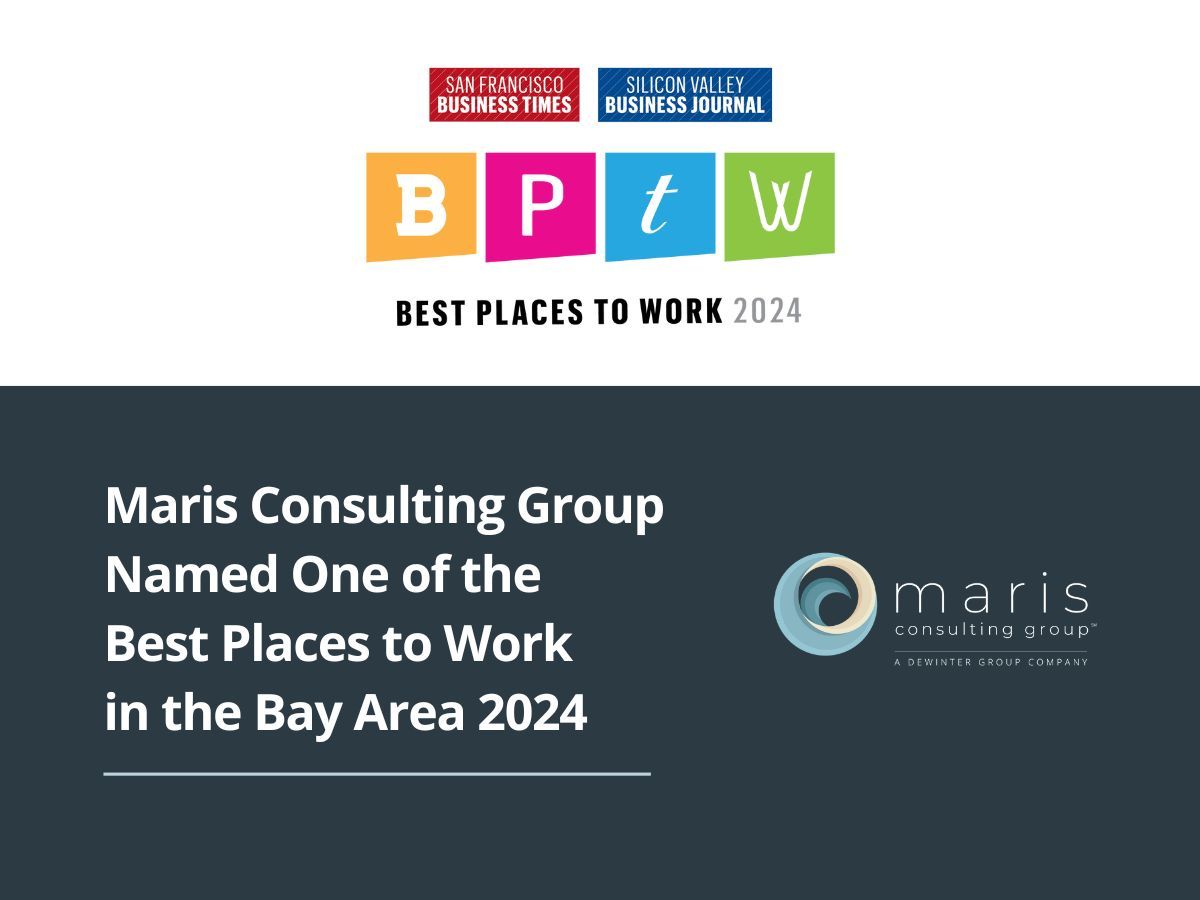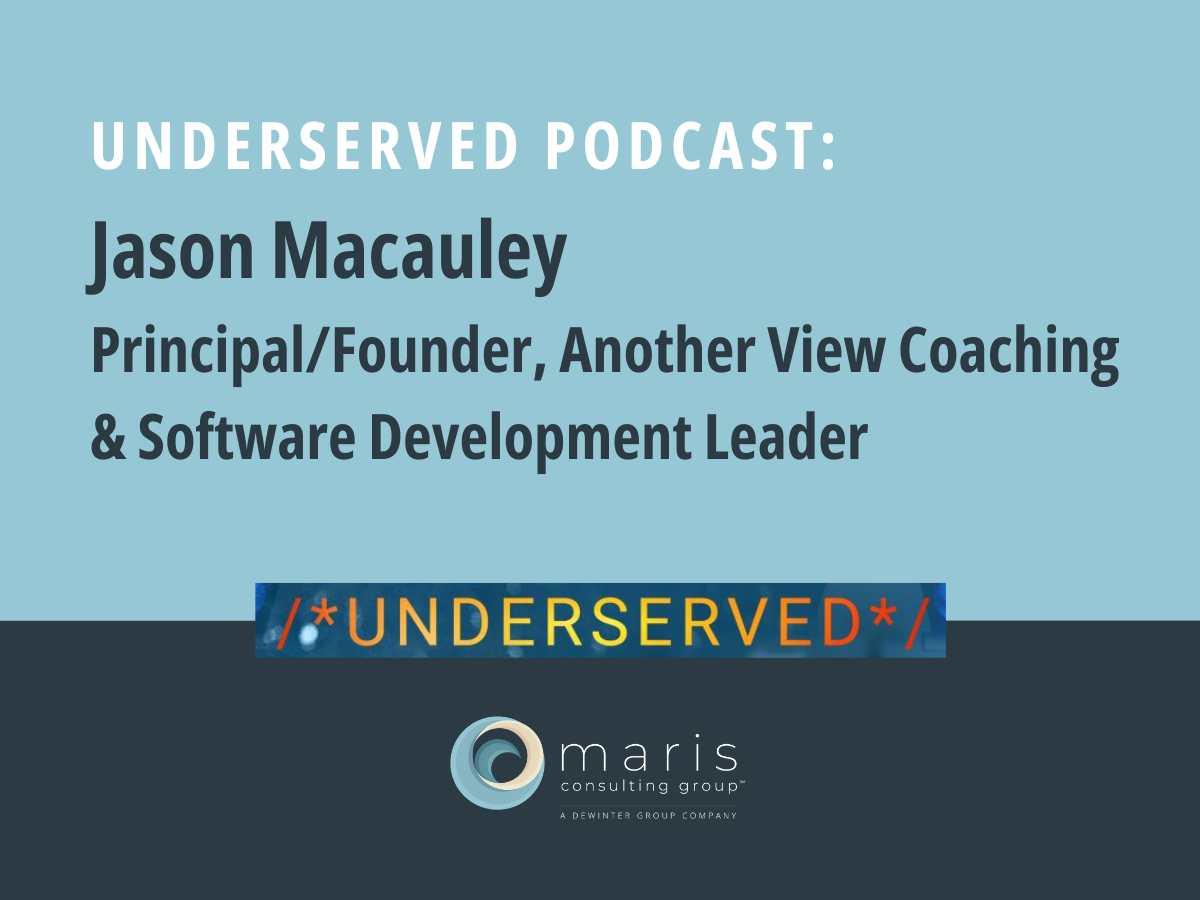Defining An Effective Talent Acquisition Strategy for Data-Focused Roles
Since we first published this blog, hiring top data and analytics professionals has only become more competitive. In fact, data science is predicted to experience more growth than almost any other field between now and 2029, according to the U.S. Bureau of Labor Statistics.
Effectively leveraging data is a challenge most organizations struggle to achieve.
A survey conducted by MIT Technology Review Insights and Databricks in 2021, found that only 13% of organizations are delivering on their data strategy.
The solution to this widespread issue starts with knowing how to find the right data and analytics talent for your team’s specific needs. Read our guide to creating an effective talent acquisition strategy for data-focused roles and
start a conversation about creating your data and analytics solution.
Understanding Role Types and Organizational Structure
In the first article of this series, “Developing an Organizational Data Game Plan,” we walked through an exercise to establish a game plan for data utilization within your organization. We determined how we wanted to use this data, we have taken inventory of the data we have available to us, performed a health check, and prioritized those technologies which require attention. At this point, you should have compiled a list similar to the following: Example Data Game Plan.
Now that we have a sound understanding of all applications housing data within our organization, we are going to (a) explore what types of data-focused roles exist, and (b) identify gaps in your existing org chart requiring attention to achieve your data goals.
Data-Focused Roles in Information Technology
New data-focused jobs are created every day. The field of data analytics and data science is rapidly evolving and has yet to truly mature to a point in which responsibilities are standardized by title. As recruiters, we receive requests to fill a wide variety of roles, but we are outlining six which hold constant. For these six roles, we are also going to categorize roles as either ‘Specialized’ or ‘Common’. What’s the difference?
- Specialized Roles
are commonly full-time positions in companies utilizing data for various revenue-generating purposes (software development, data warehousing, etc.) or large companies. Due to the cost associated with hiring these positions, at small to medium-sized companies the responsibilities of this role generally fall onto other employees, functions, or contractors.
- Common Roles are roles in which employees are commonly hired full-time to complete unless it is a special project regardless of company size.
- Database Architect
Specialized
Database Architects bridge the gap between process and technology to communicate what data is needed and why; and determine how best to conceptually structure the data or data model.
2.
Database Engineer
Specialized
Database Engineers use the conceptual data model established by the Database Architect to create a final data model, assessing for scalability and security. They also work with developers to define what views of the data are necessary for their applications.
3. Database Administrator (DBA), or Manager Specialized
Database Administrators, or DBA’s, implement, maintain, and manage databases in accordance with the data model established by the engineer. They are commonly responsible for updating all or a select group of DBMS applications depending on company size, overseeing backup and recovery, ensuring security and authorization processes are in place, and testing overall database performance on a routine basis.
4. Data Quality Analyst Specialized
As we briefly established in our first article, understanding your Data Health (DH) is extremely important. Data Quality Analysts are responsible for ensuring the quality of both the data and metadata.
5. Data Scientist Specialized
The newest of the data-focused roles we have seen develop over the past few years is that of the Data Scientist. Similar to Data Analysts, their job is to analyze big data but they do so with in-depth knowledge quantitative modeling, business acumen, and generally have expert programming skills. Whereas Data Analysts work at a micro-level, commonly focusing on analyzing specific sets of data; Data Scientists work at the macro-level, working with extremely large datasets oftentimes spanning the entire organization or multiple functions.
6. Data Analyst (Including Business Analysts) Common
Data Analyst roles are the most diverse of all data-focused jobs. Using database querying and reporting tools, Data Analysts look at small(er) subsets of data relative to their Data Scientist peers and generally perform analyses specific to one function within the organization. Their positions can reside in IT-focused teams, or they can be in other operational areas whereby they are generally titled Business Analysts (although Business Analyst responsibilities can extend beyond data analytics).
Outlining Data-Focused Roles in Your Org Chart
With these six common data-focused roles in mind, we now need to outline where data-focused professionals fit into your current organizational chart. Using your existing org chart, highlight all those roles which could be classified or which complete the responsibilities outlined in those positions above (these can include third party agencies, contractors, and employees from functions outside of IT). This will be unique for every company but will highlight all those resources available to assist with your business goals as they relate to leveraging data for either internal operational improvements or external revenue generation. It also helps to unify knowledge regarding the management of data. For example, if your Director of Operations oversees a team of business analytics professionals dedicated to analyzing sales data from your CRM, you will want to leverage this individual in the discussion if one of your business goals relates to improved sales business intelligence. Unless you directly oversee these data-focused roles, reach out to the individual to understand how they and their teams are leveraging data, the applications they are using to do so, and whether or not they are working with an application that was deemed a High Priority relative to your data-focused business goals.
Identifying Gaps in Your Org Chart Relative to Your Business Goals
The last step is to review those applications which were identified as a high priority in our last blog, “Developing an Organizational Data Game Plan” and answer the following questions for each:
- Which data-focused positions are currently responsible for or work in the application?
- Does the application require any of the following:
- Improvement to DH Grade. If it does, can a Data Quality Analyst assist with cleaning up and routinely assessing the data on an ongoing basis as a subcontractor or part-time resource? Or does it require ongoing analysis and monitoring? If so, does your organization already employee someone full-time or is this a role you need to add to the current org chart?
- Assigned Resources. Does your organization have already enough support in the form of full-time employees to effectively leverage the application or will you require additional data analysts, scientists, etc?
- Create a list of all those roles necessary to add, whether it can be achieved by a contractor or requires a new full-time role.
- Review this list and identify where it makes the most sense to house this individual within your Org Chart.
Planning ahead and understanding where your organization structure has gaps relative to the strategy behind your business goals is key. Although plans change, having a complete or relatively complete understanding helps to clarify business goals and true responsibilities for prospective hires which decreases turnover. It also reduces the probability of unnecessarily hiring personnel full-time which can lead to inflated overhead costs.
In our next blog, we are yet again expanding on these exercises to review average compensation, hiring trends, and other factors to improve the probability of not only identifying the right talent in today’s small talent pool but also attracting them to your organization.
… and as always, if you are interested in learning more or speaking with a Maris Consulting Group team member, contact us!
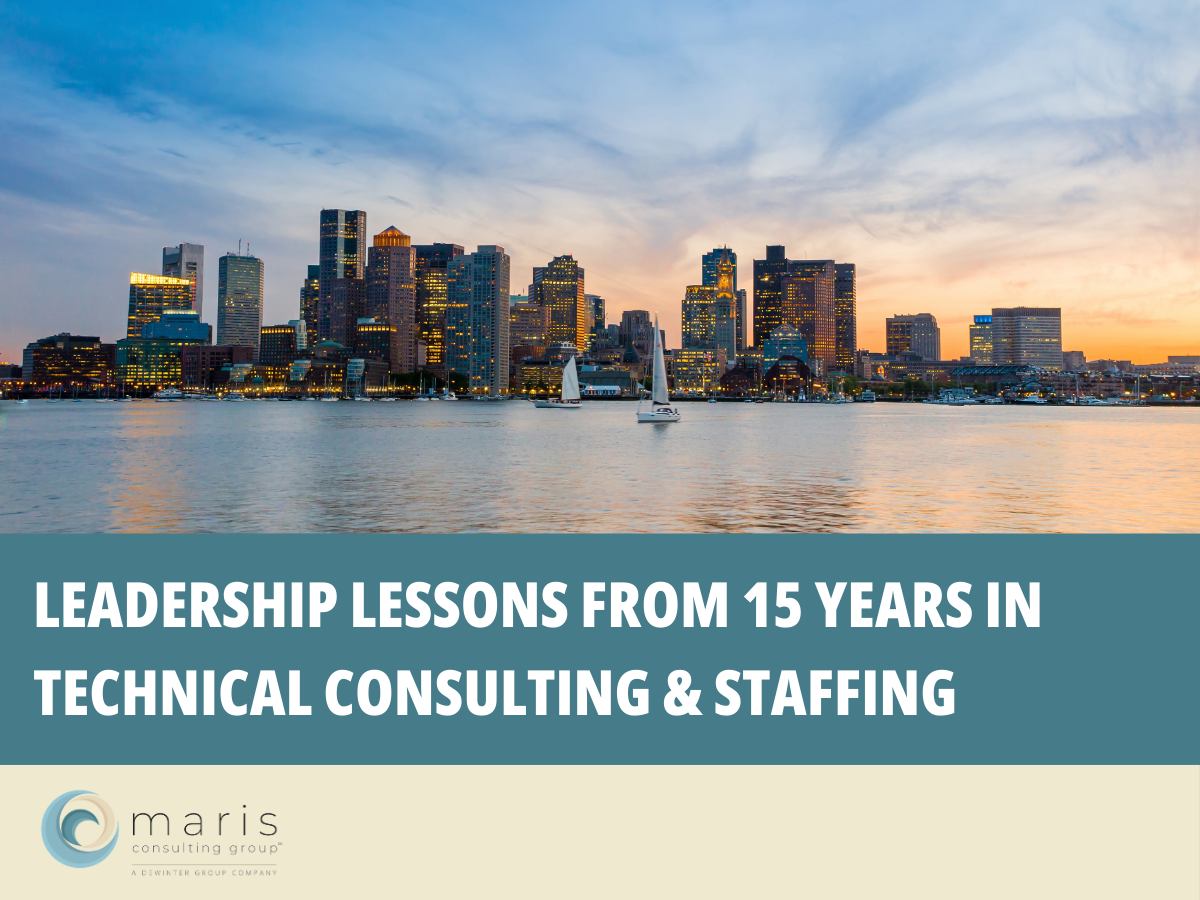

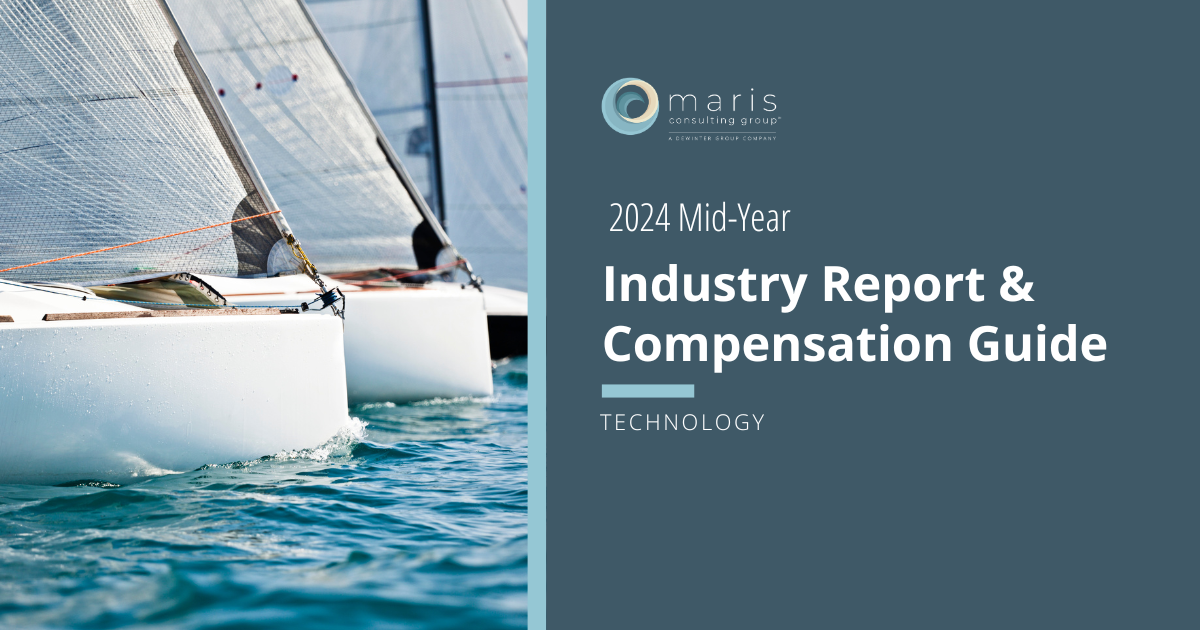
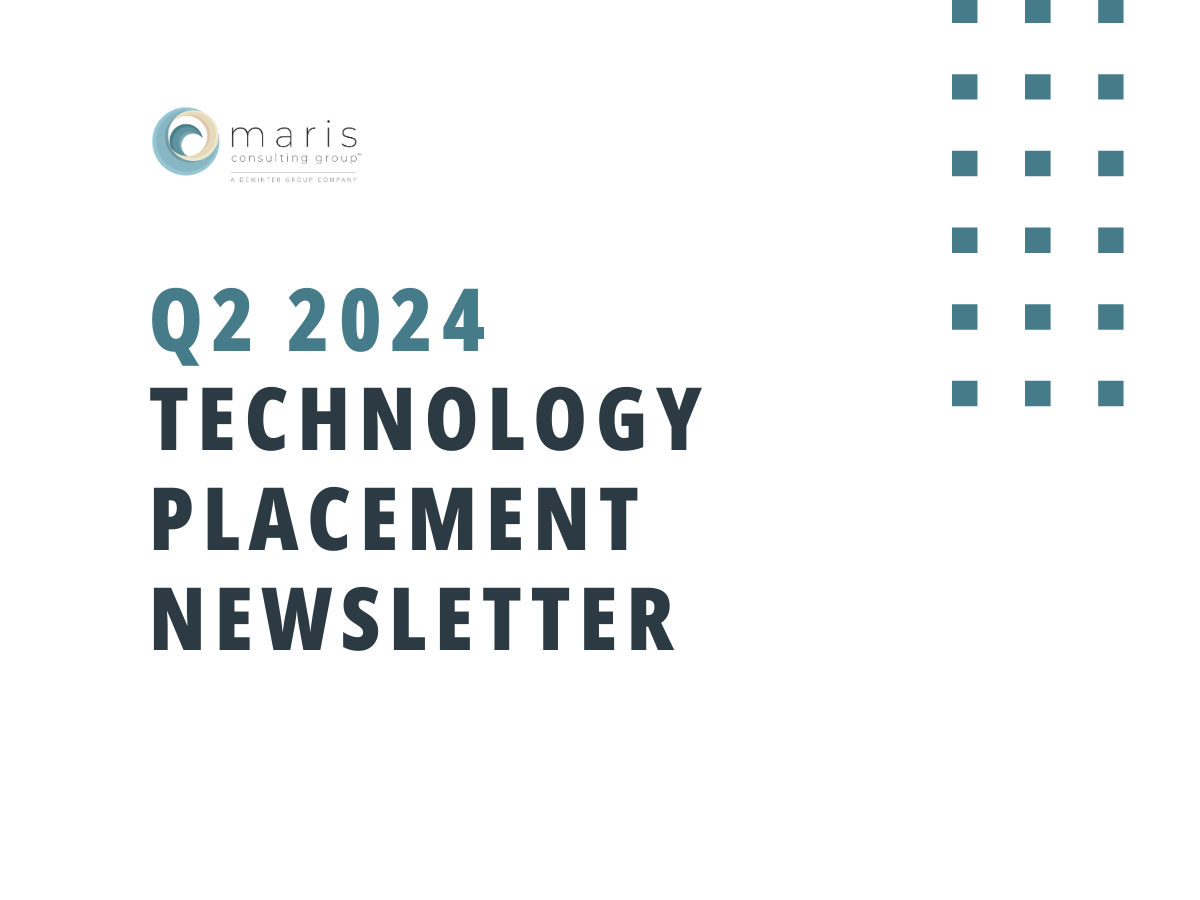
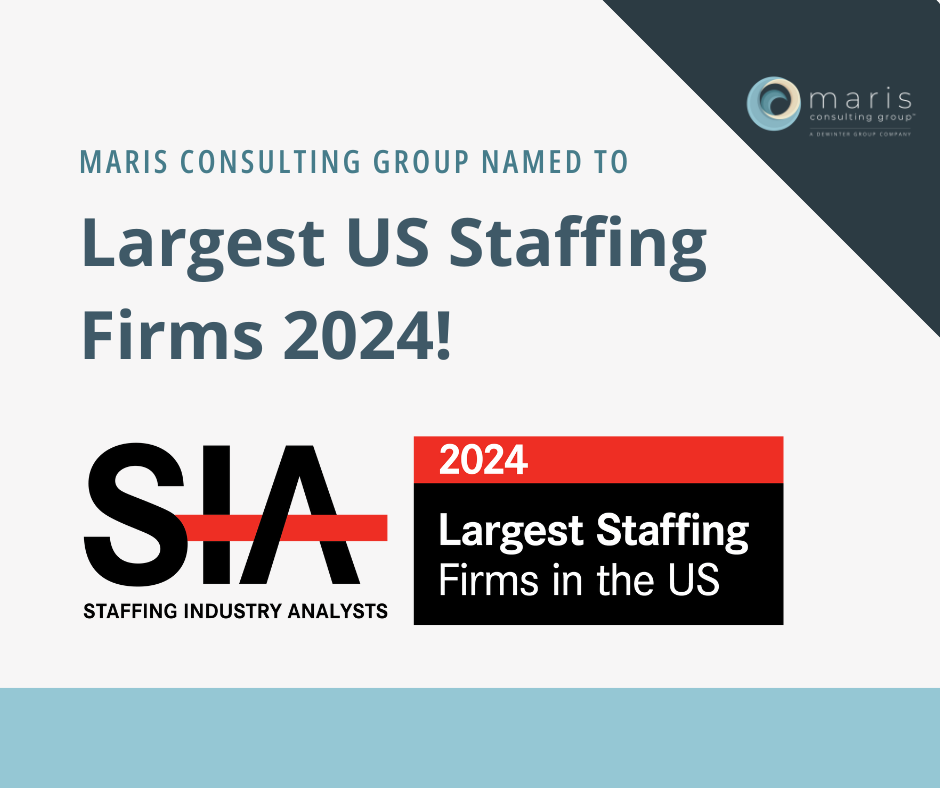
Maris Consulting Group Named One of the Largest US Staffing Firms in 2024 For a Third Year in a Row!
